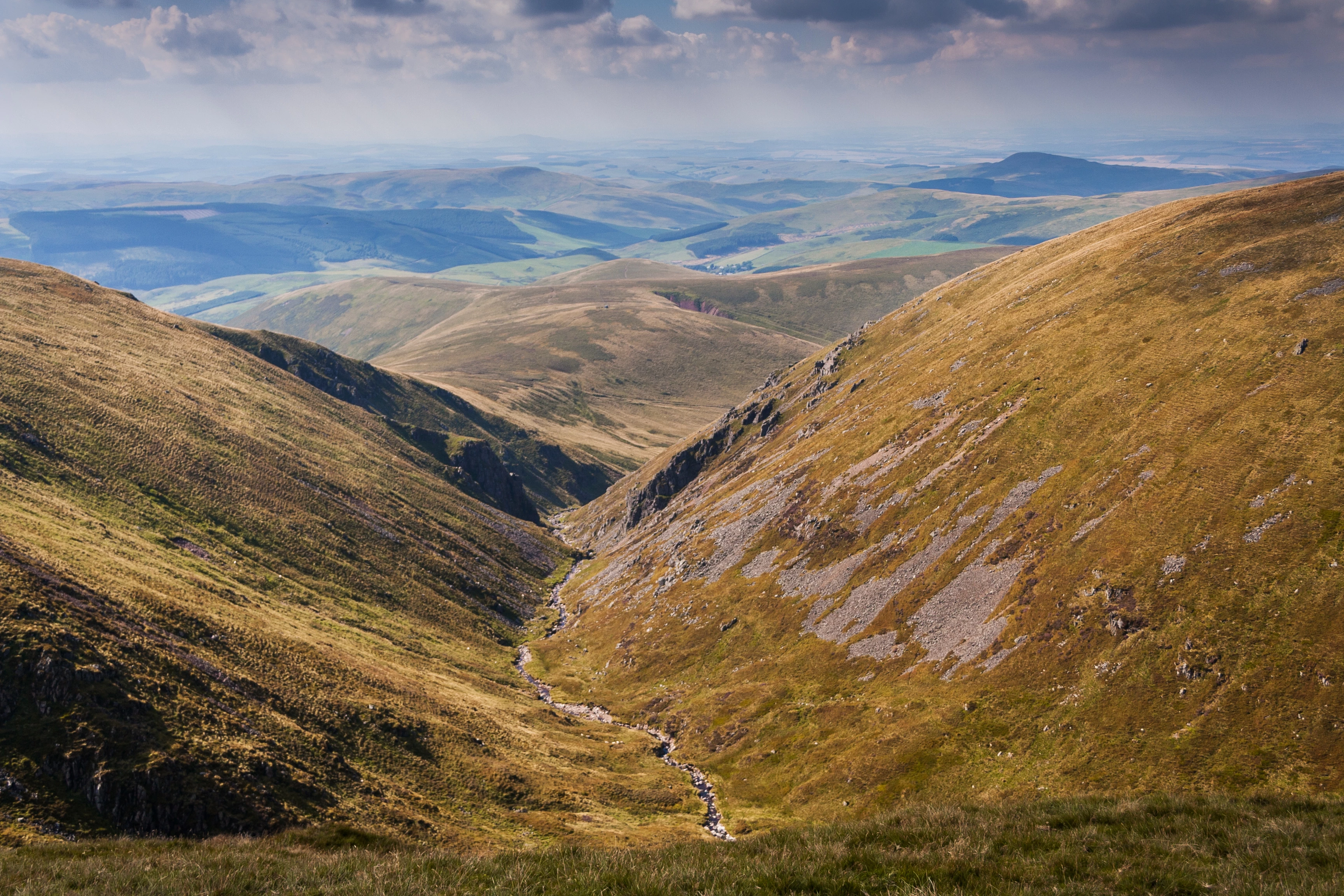
Partner Article
£7m Government grant allows new moorland conservation work to get underway
A new injection of Government cash will help support the restoration of England’s iconic peatlands.
Two successful bids in the north will fund peatland conservation from the Peak District to the Scottish border. The vast project area spans almost 4,200 hectares; the same size as more than 6,700 football pitches.
Northern greenhouse
A panel of experts and Defra (Department for Environment Food & Rural Affairs) officials assessed the projects and awarded the funding based on the value to wildlife and the potential for carbon capture. The fundamental work will contribute to the UK’s climate change goals by helping the peatland landscape to lock in carbon, instead of releasing it into the atmosphere.
Defra has allocated a total of £10 million between four peat restoration projects in England, including over £7.4 million to two projects in the north.
Northumberland National Park Authority is one of the partner organisations involved and will carry out restoration work on Cheviot summit in the north of the National Park with the funding.
Gill Thompson, ecologist at Northumberland National Park, said: “We are really pleased to receive funding for work in Northumberland National Park and on such an iconic place as The Cheviot summit. It will enable us to restore areas of bare peat and re-profile peat hags which will encourage native plants to grow again.”
The North of England peat partnership, led by the Yorkshire Wildlife Trust, will restore 394 hectares of lowland raised bog and 1,679 hectares of blanket bog across 21 peatland sites.
Dr Tim Thom, peat programme manager at Yorkshire Wildlife Trust, said: “It’s fantastic to see peatlands on the Government’s agenda and getting the recognition they deserve – both in terms of the benefits they bring and the parlous condition we have let so many of them reach.
“This funding will enable us to restore some of the most important and beautiful sites across the north– from England’s largest lowland raised bog in South Yorkshire all the way up to Northumberland’s highest point near the Scottish border.”
Carbon capture
The work will ensure that more than 14,700 tonnes of carbon per year is locked down into the blanket bog moors, the same amount of carbon as an average car driving non-stop for over 65 years!
Peatlands across northern England have been badly degraded by decades of industrial pollution and wildfires. Acid rain and wildfire has killed off vital bog-mosses called Sphagnum, leaving the peat beneath bare and exposed.
On healthy peatlands, special plants help the peat to suck in carbon out of the air, like trees do. But when the peat is bare, carbon is released into the atmosphere. The conservation work taking place will help to make a big difference to the UK’s target; to reduce carbon emissions by at least 80% of its 1990 levels by 2050.
To do list…
To achieve this ambitious goal, conservation works across the 28 moors will protect areas of bare peat and allow moorland plants to flourish. The new plant life will help the peat to store carbon, and provide a vital habitat to special animals.
Steps will also be taken to make the moors wet again, by constructing dams to trap water. This will help to stop peat being carried off the hills by rainwater into streams and reservoirs; reducing water treatment costs for utility companies before it flows into taps at homes and businesses throughout northern England.
The stone dams will also help to increase the water level – known as the water table – on the moors, to support plant and animal life, and reduce the risk of flooding downstream.
This was posted in Bdaily's Members' News section by Fusion PR .
Enjoy the read? Get Bdaily delivered.
Sign up to receive our daily bulletin, sent to your inbox, for free.






 A legacy in stone and spirit
A legacy in stone and spirit
 Shaping the future: Your guide to planning reforms
Shaping the future: Your guide to planning reforms
 The future direction of expert witness services
The future direction of expert witness services
 Getting people into gear for a workplace return
Getting people into gear for a workplace return
 What to expect in the Spring Statement
What to expect in the Spring Statement
 Sunderland leading way in UK office supply market
Sunderland leading way in UK office supply market
 Key construction developments in 2025
Key construction developments in 2025
 Mediation must be part of planning process
Mediation must be part of planning process
 From apprentice to chief financial officer
From apprentice to chief financial officer
 Don't stifle growth with apprenticeship cuts
Don't stifle growth with apprenticeship cuts
 The start-up landscape: What lies ahead in 2025
The start-up landscape: What lies ahead in 2025
 JATCO adds welcome drive to automotive sector
JATCO adds welcome drive to automotive sector